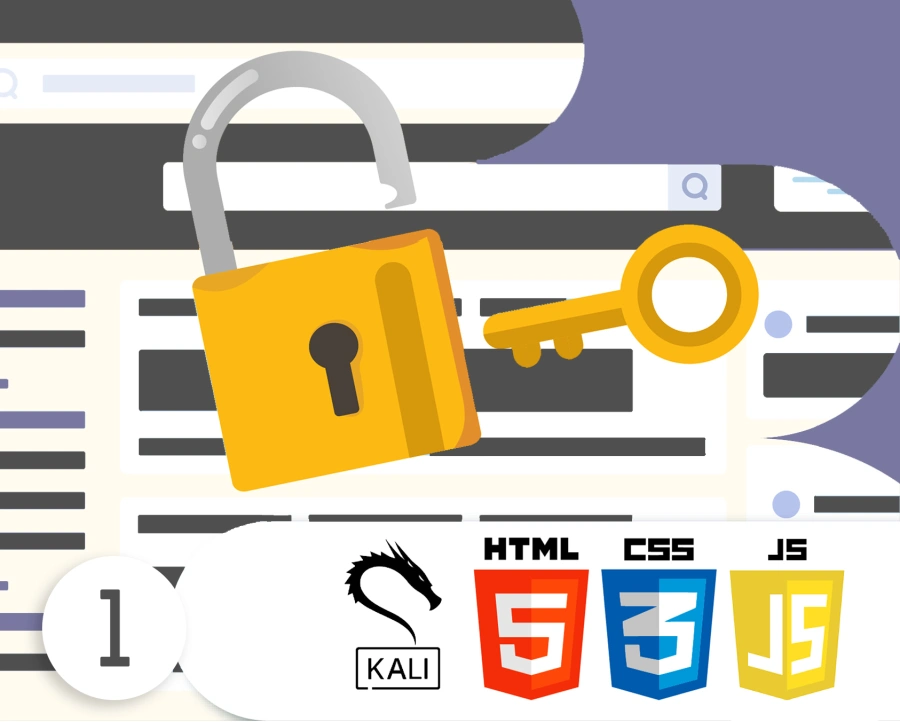European Union

Hacking and Cybersecurity Semester 1 Online- Copy
Classes for students who have completed Introduction to Programming course.
The first semester of the course is an introduction to hacking and Internet security. In addition to basic concepts such as pentesting, hacking, scripts and hacking programs, we will learn about various types of attacks.
Intro
During this course, students will learn the secrets of hacking (keyloggers, attacks, password capture) in order to know how to protect themselves from them. We will also learn techniques for building modern websites and creating interactive elements (HTML, CSS, JavaScript). We will also show you CMS content management systems. Students create and publish their own website.
Plan of the course
Introduction and basic concepts related to hacking. Cmd - basic commands. Batch files bat. Virus overload memory (aplication floader).
Social Enginering attack. Zip Bomb virus. Wiping.
Starting the virus in Invisible Mode. Viruses Folder Floading and File Floading.
DOS and DDOS attacks (carried out using cmd).
Creating so called Phishing attack - desktop application pretending to be another application (on the example of Tibia game). Quiz.
Creating websites: HTML.
Creating websites: JavaScript, CSS.
Creating so-called Phishing attack - a website application pretending to be a Facebook login page.
Anonymity in Internet, Deep Web, Proxy, VPN, Tor.
Cryptography and Cryptanalysis. Ciphers and hashes. Security of passwords and ways of breaking them. Quiz.
Virtual Box. Installation of Kali Linux and getting to know the Linux commands, Information Gathering - getting to know the tools used to perform reconnaissance.
Kali Linux - Password Cracking - tools for password cracking.
Kali Linux - DDOS attacks carried out with the help of tools provided by Kali Linux (Ettercap, Slowloris).
Creating Keylogger. Quiz.
Satisfaction Guaranteed!
It is possible to cancel a purchase after the first class!
Let us know if you have more questions!


